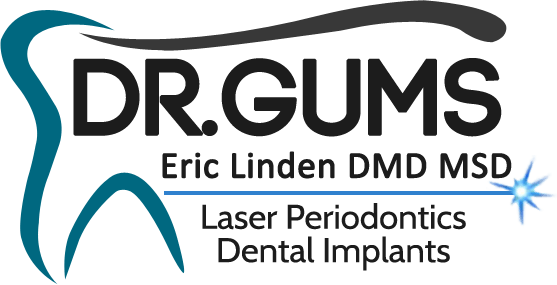CHICAGO – January 30, 2003 – Canadian researchers found that patients with Kindler syndrome had an earlier onset of periodontitis and that the disease progressed more rapidly than in non-Kindler patients. Study findings were published in the January Journal of Periodontology. Study Abstract *
Researchers believe Kindler syndrome is caused by an unidentified genetic disorder that gives the appearance of two congenital diseases of the skin, epidermolysis bullosa dystrophia and poikilodoerma. Epidermolysis bullosa dystrophia is a condition in which the skin and mucous membranes are fragile. Any friction or trauma to skin and/or mucous membranes causes blisters and the skin to come off. Poikiloderma is a condition characterized by pigmentary and atrophic changes in the skin, giving skin a spotted appearance.
The study looked at 31 patients (18 with Kindler syndrome and 13 without) from rural Panama to determine the extent to which periodontal disease is associated with Kindler syndrome.
“The major finding of this study was that individuals with Kindler syndrome develop periodontitis at an earlier age and the disease progresses rapidly,” said Colin Wiebe, D.D.S., study author and periodontist at the University of British Columbia University School of Dental Medicine and Columbia Presbyterian Medical Center. “Therefore, we believe it is important to include Kindler syndrome in the category of medical disorders predisposing to destructive periodontal disease.”
Definition criteria for periodontitis in this study was clinical attachment loss (CAL) of at least 4 mm. Based on this criteria, 72 percent and 46 percent of the Kindler and control patients respectively had periodontitis. The median age for Kindler patients with periodontitis was 17 years, and the only Kindler patients without periodontitis were under 10 years old. In the control group, patients with periodontitis had a mean age of 35 years and only one patient under 20 had periodontitis.
Kindler patients had an average CAL of 6 mm by age 20, while it was estimated to take 60 years to accumulate the same level of destruction in the control groups.
“Previous studies have suggested a link between periodontal disease and Kindler syndrome, but this study confirms the risk these patients have for developing periodontitis at a much younger age than a dentist would normally expect,” said Gordon Douglass, D.D.S., president of the American Academy of Periodontology.
He continued, “Of considerable interest is the additional information that can be learned about the relationship of periodontal disease and the genetic defect of these patients. Once the defect has been identified, we can take the information and apply it to other patients who are genetically predisposed to periodontal disease, which may help us determine positive treatment outcomes for periodontal disease.”
A referral to a periodontist in your area and free brochure samples including one titled Periodontal Diseases: What You Need To Know are available by calling 800-FLOSS-EM or visiting the AAP’s Web site at www.perio.org.

